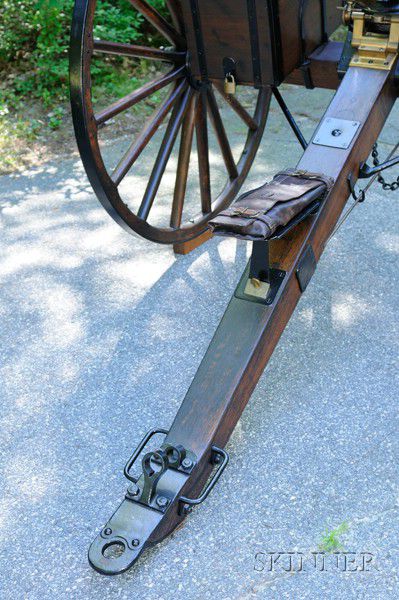

In 1895 Colt’s began producing Browning’s machine gun, which marked the beginning of a long collaboration between John Browning and theĬolt’s Patent Fire Arms Manufacturing Company.īrowning’s first pistol patent was filed on 14 September 1895 and was followed just over a year later by three more pistol patents filed on 31 October 1896. Self-loading weapons, both gas and recoil operated. Browning filed his first patent on a gas-operated machine gun on 6 January 1890, and followed it with another dozen or so patents over the next decade on various types of By the end of the next day, he had a working prototype to The realization dawned for Browning that the muzzle blast represented energy that could be utilized to work the action of a gun. Who was shorter of stature and hence closer to the ground than the tall Browning brothers, fired his gun and John Browning happened to notice that the high grass in front of him bent with the muzzleīlast. John Moses Browning began designing “automatic” or self-loading weapons late in 1889 after a seminal event that happened while he, his brothers and friends were out shooting. By 1900 there were several “smokeless” powders available. Powder, and it was generally referred to as Poudre B. Made from nitrocellulose, Vieille called his invention poudre blanche, or white The first smokeless powder was introduced in 1884 by Paul Marie Eugène Vieille, a French chemist. The advent of automatic weapons had to wait for the invention of “smokeless” propellants, since black powder leaves so much residue it will quickly clog an automatic


 0 kommentar(er)
0 kommentar(er)
